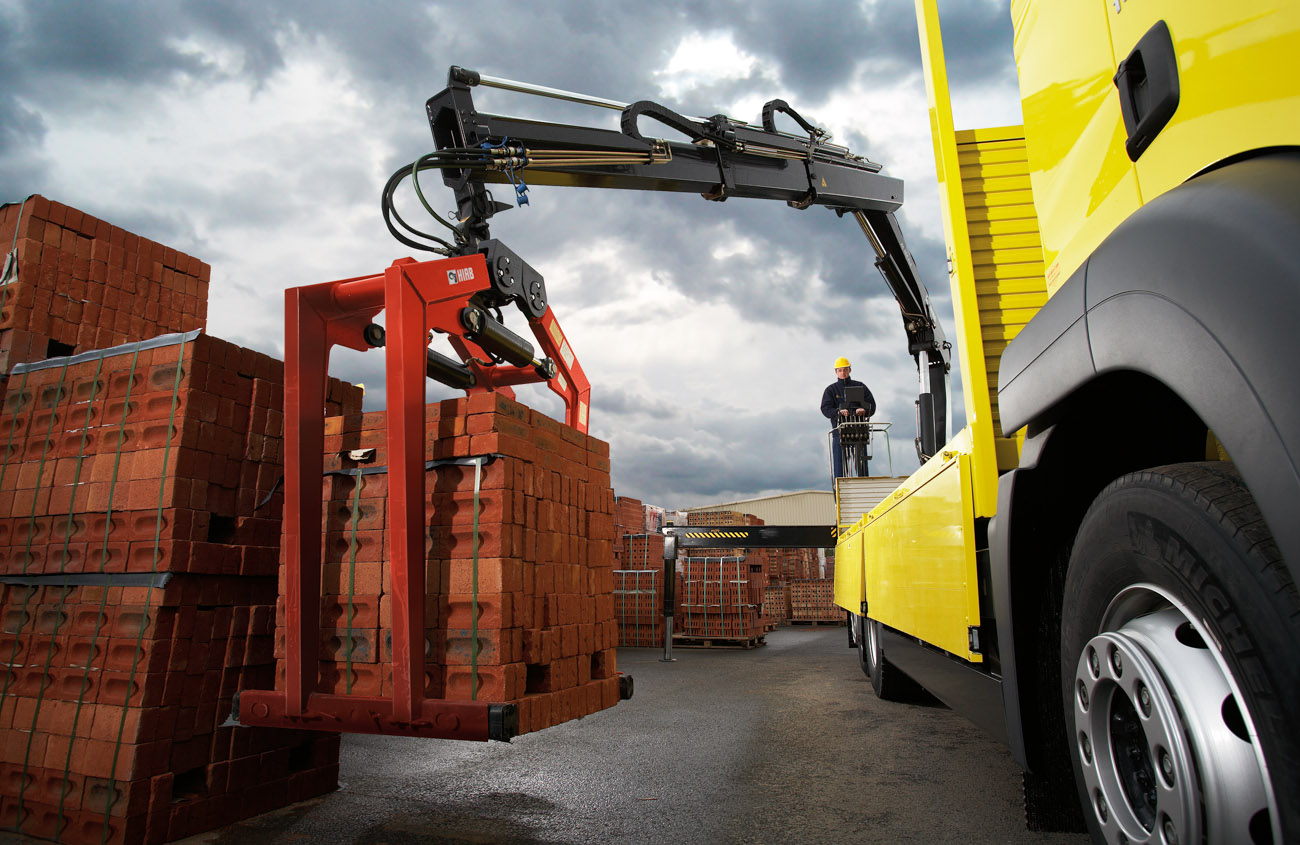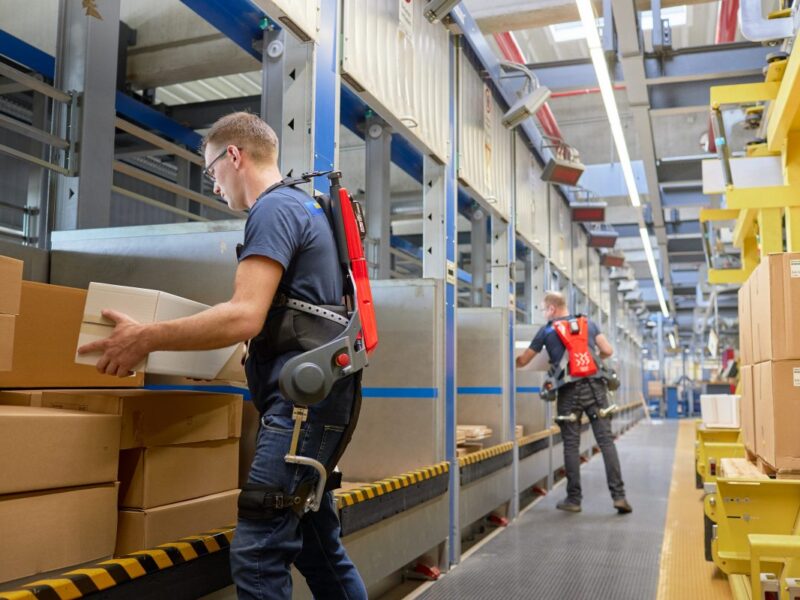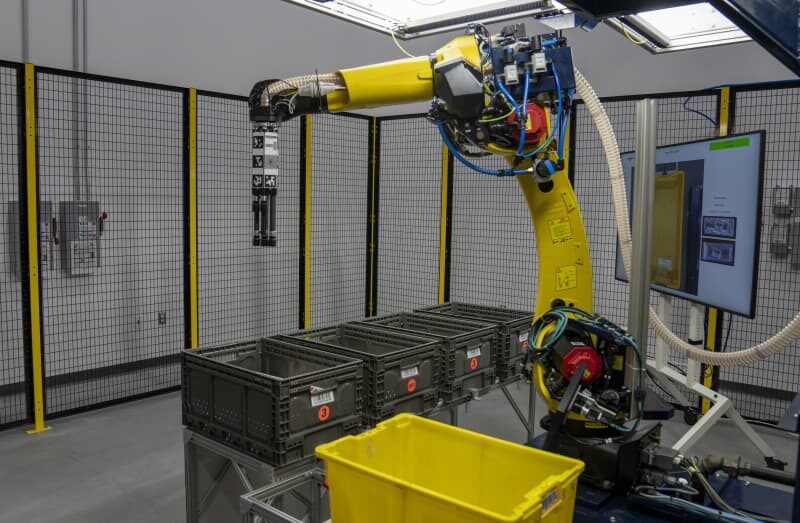Cement is a popular building material widely used in the construction of public and private buildings. The popularity of this building material is due to its low cost, ease of use, as well as high strength and durability after solidification. After purchase, this material must be delivered by road to the construction site. You can use different methods to deliver it to its destination. When choosing the optimal method of transportation, one should take into account the packaging in which the goods are packaged.
Cement can be transported:
- in the MKR;
- in paper bags;
- without packing.
Cement packaged in MKR
Soft containers (MKR) are made of polypropylene. This is a reliable, durable container in which large consignments can be transported. Cement is most often placed in packages weighing one to one and a half tons.
These soft containers guarantee reliable protection of the building material from negative external influences. An important advantage of such a container is its ability to preserve material for long-term storage. MKR can be used to transport building materials using various means of transport. These containers can be used for sea, rail and road transport. Cement packaged in MKR can be stored in non-specialized premises.
The disadvantages of this package include a high chance of damage, as well as a high price. The high cost of flexible containers is the main barrier to their widespread use in the transportation of cement.
Paper bags
Paper bags are made from kraft paper, characterized by increased density. They consist of several layers of paper and can have different sizes. Five kilograms of material is placed in the smallest paper bags. Cement, packaged in five-kilogram bags, is in high demand in the modern market. The maximum weight of cement placed in a paper bag can be one and a half tons. The material in such packages is usually purchased by enterprises and construction companies.
Paper bags have a lot of advantages. The most important of them is more affordable than the MKR, the cost. Loading and unloading of material packed in paper bags can be carried out without special devices. Small containers can be loaded and unloaded manually. Cement in paper containers is often purchased by individuals to use it for the construction of houses and cottages.
Cement in paper bags can be transported by various means of transport. For its transportation, you can use road, rail, sea transportation. It can be transported by ordinary trucks. A few paper bags of cement can be transported even in a small Gazelle. Sometimes cars can be used for transportation.
The main disadvantage of such a container is its low moisture resistance. If a paper bag with cement is exposed to rain, both the container and the material will get wet. It is necessary to store such bags only in dry rooms. If the cement gets wet, it can only be thrown away.
Material without packaging
Often, cement is transported without packaging. Although this method of transportation seems at first glance too complicated, it is very popular among people who purchase large quantities of this product. The main reason for this popularity is the economic benefit. A significant part of the cost of transportation is the cost of packaging. When transporting cement without containers, the cost of its transportation is significantly reduced.
However, it cannot be denied that the transport of cement in bulk is associated with significant difficulties. The main problem in this case is the choice of means of transport. Bulk material can only be transported in cars and trains, and only specialized means of transport can be used.
For the transport of building material by rail, hopra wagons should be used. They can be unloaded only at a dead end, which can be quite difficult to organize. In addition, the transportation of cement in bulk is only beneficial for the delivery of large consignments of material, so it is not economically viable for small enterprises.
When transported by road, cement trucks should be used – cars equipped with tank trailers. These vehicles must be equipped with special unloading compressors. Since the building material is unpacked in the vehicle during bulk transport, it is extremely difficult to get it out of the vehicle without the use of unloading compressors.


